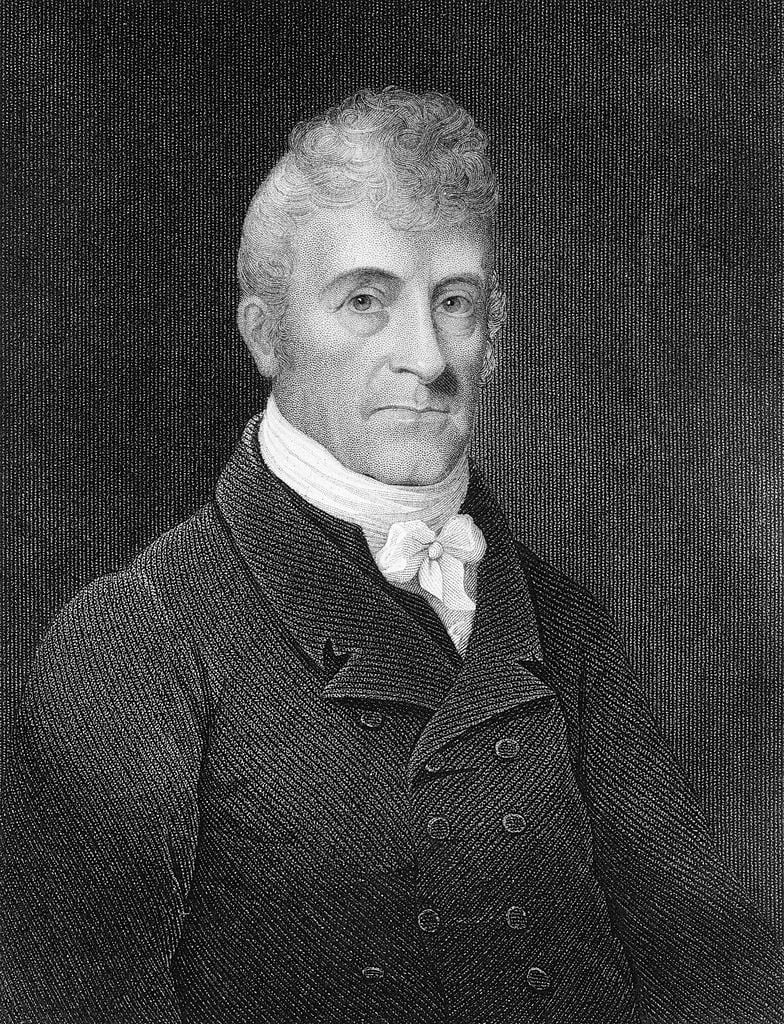What was Stephen Van Rensselaer's net worth?
Stephen Van Rensselaer was an American politician, statesman, and landowner who had a net worth equal to $68 billion modern dollars at he time of his death in 1839. Stephen Van Rensselaer earned his fortune as an heir to one of the largest estates in the New York region at the time. His family estate comprised of modern-day Albany and Rensselaer counties. He is considered one of the richest Americans of all time.
Van Rensselaer was of Dutch decent, and came from a very well off and prestigious family. He was forced to grow up quickly due to his father's untimely death when Van Rensselaer was only five years old. From that day forward he was groomed to take over his father's role as lord of the manor. On his 21st birthday, stephen took possession of the estate that was named "Rensselaerswyck," which comprised roughly to 1,200 square miles. From that day forward he began a long tenure as lord of his family's manor. He granted tenants perpetual leases at moderate rates, which saved would-be landholders from having to pay all of their money up front. This meant that they could invest more in their operations, which led to increased productivity of the entire region.
Over time, Van Rensselaer became landlord to over 3,000 tenants and proved a lenient and benevolent landowner at that. His tenants did not have to work in fear of sudden foreclosure or unfair treatment, and thus were able to focus on their work and contribute to the productivity of their community.
Van Rensselaer also spent a considerable amount of time in political pursuits; it is said this was rooted in a sense of duty rather than out of ambition. He was a member of the New York State Assembly from 1789-1791 and the New York State Senate from 1791-1796. He was Lieutenant Governor of New York from 1795-1801 and during this tenure, as well as throughout his career, he was known for being a reformer, voting in favor of extending suffrage, and going against much of New York's upper class in this belief. In 1786, Van Rensselaer was made a Major of the United States Militia, and eventually made his way to the War of 1812 where he fought a very unsuccessful battle against the British. After returning from war, he still enjoyed a fair amount of popularity and was a member of the New York State Constitutional Convention, and he eventually became a member of the United States House of Representatives.

(Photo by Kean Collection/Getty Images)
Early Life
Born on November 1, 1764, in New York City, Stephen Van Rensselaer III belonged to one of the most influential families of the time. His father, Stephen Van Rensselaer II, died when Stephen was just five years old. As a result, he inherited a vast estate that made him one of the wealthiest landowners in the country. Until he reached adulthood, his mother, Catharina Livingston, and his uncle, Abraham Ten Broeck, managed this estate, which included much of the area that is now Albany and Rensselaer counties.
Political Career and Achievements
Van Rensselaer began his political career at the relatively young age of 25 when he was elected to the New York State Assembly in 1789. He served three terms there, demonstrating his leadership skills and commitment to public service. From 1791 to 1796 and then again from 1802 to 1809, he served as a New York State senator. His political influence extended to the role of lieutenant governor of New York, which he held from 1795 to 1801, under Governor John Jay. Van Rensselaer also made an impact on the national stage, serving in the United States House of Representatives from 1822 to 1829.
Military Endeavors
In addition to his political pursuits, Van Rensselaer was also involved in military affairs. During the War of 1812, he served as a Major General in the New York State Militia. His military acumen was put to the test during the Battle of Queenston Heights, where he led American forces. Although the British ultimately won, Van Rensselaer's leadership was a beacon of hope during the conflict.
Advocacy for Education
Van Rensselaer's enduring legacy is perhaps most notable in the field of education. He recognized the vital role of science and technical education in society and acted on this understanding. In 1824, he founded the Rensselaer School, dedicated to the application of science to everyday life. This institution evolved into the Rensselaer Institute and later the Rensselaer Polytechnic Institute. Today, RPI is one of the United States' leading engineering and technological research universities, a testament to Van Rensselaer's visionary foresight.
/2014/01/stephen-van-rensselaer.jpg)
/2013/11/Maria-Cantwell.jpg)
/2011/07/Harry-Reid.jpg)
/2014/01/sg-1.jpg)
/2019/08/Tulsi-Gabbard.jpg)
:strip_exif()/2020/06/taylor.png)
/2021/10/John-Boyega.jpg)
/2010/11/josh.jpg)
/2022/05/Nayib-Bukele.jpg)
/2010/11/russell-armstrong.png)
/2013/07/courtney-henggeler.jpg)
/2021/12/Lauren-Sanchez.jpg)
/2020/10/cate.jpg)
/2018/04/GettyImages-942450576.jpg)
/2021/08/bert-kreisher.jpg)
/2021/09/tom-segura.jpg)
/2023/09/john-mars.png)
/2014/01/stephen-van-rensselaer.jpg)
/2013/11/Maria-Cantwell.jpg)
/2014/01/sg-1.jpg)
/2019/08/Tulsi-Gabbard.jpg)
/2015/04/GettyImages-490713614.jpg)
/2018/02/gw.jpg)
/2018/03/chuck2.jpg)
/2013/03/jassem.jpg)